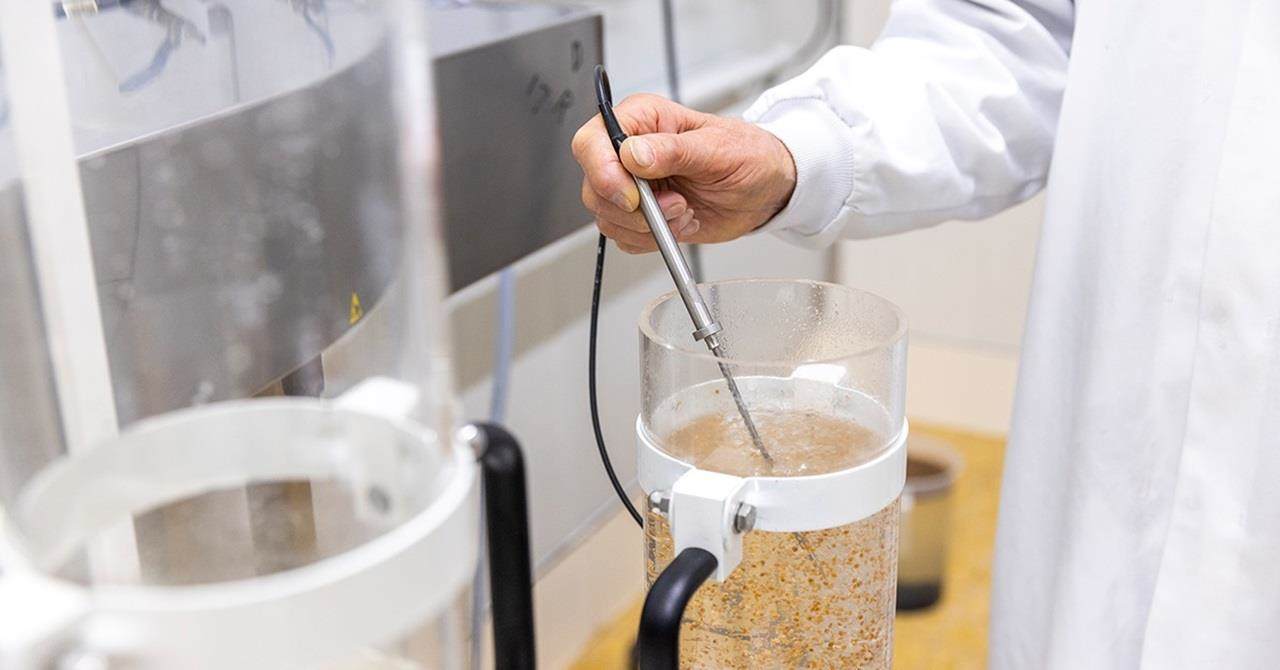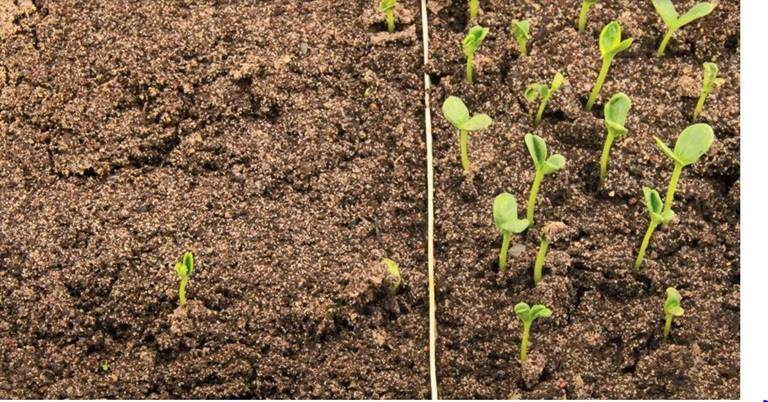7 aspects to consider when priming seeds
Seed quality is critical to achieving successful crop cultivation, propagation and breeding, whilst seeds are also pivotal to the conservation and management of plant genetic resources. The agriculture sector must develop a better understanding of seed quality, germination and seedling emergence to ensure successful crop establishment. This article focuses on priming, one of the main tools to enhance seed quality.

The goal of seed priming is to make the seeds germinate faster and, particularly, more uniformly. Seeds are supplied with enough water to activate the physiological processes that need to take place before a seed can germinate, so for the root to protrude from the seed coat. If necessary, various types of dormancy can be broken during the priming. There are seven aspects that are important for the priming of seeds.
1. The species
The individual traits of the species and whether there is a possibility that it has dormancy. The specific traits affect all the other aspects of priming, and if the species has dormancy, then this also has to be broken. If not then priming is just a matter of activating the seed for a long enough period, to get the slow germinating seeds developing at the same speed as the fast ones.
2. Exactly
the right amount of water The most important aspect that a seed needs to become active is water. Not enough to germinate, but slightly less, so that all or most of the physiological cellular processes involved in germination can take place. The less water is supplied, the longer the priming takes.
3. The temperature
Very often, a priming is done at the temperature at which the seed germinates optimally. However, when this is at a fairly high temperature, growth of micro-organisms may interfere. In which case, a lower temperature may be desirable.
4. The duration
A priming should last as long as needed to get the slowest seeds close to germination. If this is very long, the fastest seeds may suffer from being imbibed for too long. Then a balance must be found that will get the maximal number of seeds germinating uniformly.
5. Oxygen
An active seed needs oxygen to sustain the physiological processes that are on-going. The amount of oxygen that is available for the seed depends on the type of technology that is used, and the need for oxygen depends on the species and the temperature.
6. Other compounds
Plant hormones or germination stimulants may be needed to break dormancy or to get a better priming effect. The most important plant hormones that can have a positive effect during priming are auxins, cytokinins, gibberellins, salicylic acid and ethylene. Examples of compounds that are not hormones, but may also affect germination positively are potassium nitrate and karrikins.
7. Light
Many species are indifferent to the presence of light, but there are species that need light, and others that dislike light. And then it is not about light in general, but about red light. Species that need light have a compound called phytochrome, which is activated when exposed to red light and inactivated with far-red light.
For each seed species, the aspects above can and will vary. When developing a protocol for a new species, it is important to know where the species originates from. Furthermore, knowing how long the normal germination process takes is also very useful. And then, it is a matter of trial and error to find the perfect protocol.
Besides the three standard priming techniques (osmo-, solid matrix and drum priming), several new techniques have been described. In “Advances in seed priming techniques” (Ch. 10 in “Advances in seed science and technology for more sustainable crop production”, 2022, eds. J. Buitink and O. Leprince) several of these techniques have been summarized. Most of these techniques do not last long enough to result in a good germination synchronization, but they may be used to enhance the effect of a standard priming.
Henry Bruggink is senior research scientist at Incotec in Enkhuizen. Henry specializes in priming. Recently he contributed a chapter to the book Advances in seed science and technology for more sustainable crop production, by Dr. Julia Buitink and Professor Olivier Leprince.
